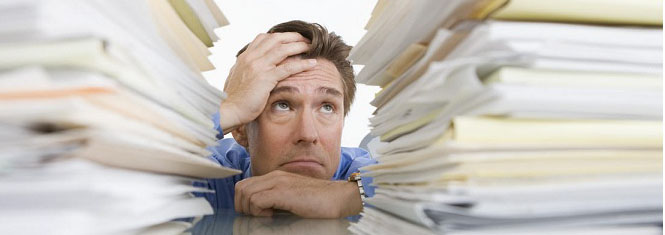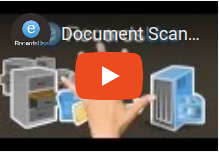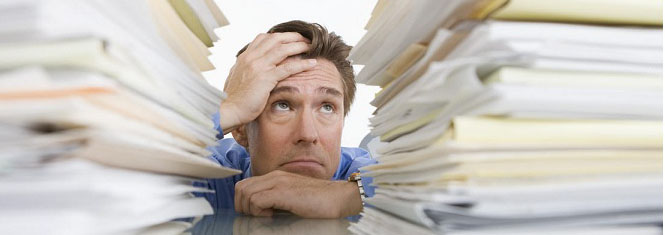Rebate Form Processing Services
Rebate Form Processing Company
From Small Businesses to Fortune 500 Companies in Law, Manufacturing,
Insurance, Healthcare and More.
Rebate Form Processing Company in San Francisco Bay Area
eRecordsUSA is a leading rebate form processing company, provides high volume data entry, data processing, data capture, indexing, form processing, OCR conversion, Online data entry jobs, with lightening fast speed, close to 100% accuracy and HIPAA level security.
Rebate Form Processing Services in San Francisco Bay Area
Processing rebates can be a difficult, time-consuming process at best. At worst, it means that you’re spending time giving away money when you could be doing things that would actually generate more income for your business. So why would you want to take up time, and assign staff who are trained in other areas, to do paperwork like rebate processing?

You can turn over to eRecordsUSA, leading Rebate Form Processing Company and free up your staff for more important, revenue-generating tasks. At eRecordsUSA, we offer both online and off-line rebate form processing services. With online processing, we log into your system, retrieve information, and enter your data from specified fields. In offline mode, we download your information, enter your data, and then upload the information to you.
Rebate Form Processing Services – eRecordsUSA
With our rebate form processing service, you no longer have to worry about processing huge amounts of information in order to get rebates out to your customers. We’ll look after all the details, get the rebates out, upload the information to you, and ensure that you can retrieve the information that you need.
Other services we offer such as Document Scanning Services / Mortgage Documents Scanning Services and so on
For more information, or to obtain a quote for rebate form processing services, simply call us at +1.510.900.8800 or email us at [email protected]
eRecordsUSA offer Rebate Form Processing Services in following areas of California, San Francisco, Mountain View, San Jose, San Mateo, Santa Clara, Redwood City, Marin, Silicon Valley, Sunnyvale, East Bay: Alameda, Concord, Milpitas, Hayward, Contra Costa, Fremont, Oakland, Pleasanton, Dublin, Livermore, San Ramon, Napa Valley: Fairfield, Solano, Sonoma, Vallejo, Petaluma, Santa Rosa, Pittsburg & Martinez.
What Our Client Says
Paper to Digital Services
Paper to Digital Services
From Small Businesses to Fortune 500 Companies in Law, Manufacturing, Insurance, Healthcare and More.
Paper Documents To Digital Converting Service In San Francisco
Have you been contemplating that jump from paper to digital? You certainly would not be alone. Professionals across the country have been turning to eRecordsUSA in order to create their dream paperless office. Our team provides the precise and affordable paper to digital services you need.
Whether you have a small project or an entire office to digitize, we have the tools and the experience it takes to successfully solve your challenges. eRecordsUSA is a woman-owned, California-based business that completes all of its services in-house, using trusted and knowledgeable team members.
Our client list is expansive and includes medical facilities, accounting firms, schools, law offices, government agencies and much more. These professionals turn to us for Financial and accounting records scanning services / Document scanning services / Architectural plans scanning / School district scanning / Book scanning services / Magazine scanning service / Photo scanning services and much more.
If you have documents or photographs that need to be scanned – we have the tools and the know-how to achieve the results you want.
Why Convert Paper Documents To Digital ?
There are many great benefits that come with digitizing your documents, including:
Instant Access to Information –
Most of our clients come to us because they are tired of having to waste time digging through filing cabinets and folders. Paper scanning allows for an electronic database of information to be created that makes the office significantly more efficient.
Disaster Recovery –
What would happen if something were to happen to your paperwork? Say the unfortunate happens, and your building experiences a flood or fire. If you make the decision to convert from paper to digital, you can have all of your information backed-up electronically. You will be ready to bounce back from a disaster in no time.
If you are ready to convert paper documents to digital, learn more or receive a free quote for Paper to Digital Services by call +1.855.722.6669 or eMail us at [email protected].
eRecordsUSA offer Paper To Digital Services in following areas of Redwood City, Marin, San Jose, California, San Francisco, Mountain View, San Mateo, Santa Clara, Silicon Valley, Sunnyvale, East Bay: Alameda, Concord, Oakland, Pleasanton, Dublin, Contra Costa, Fremont, Milpitas, Hayward, Livermore, San Ramon, Napa Valley: Solano, Sonoma, Vallejo, Fairfield, Petaluma, Santa Rosa, Pittsburg & Martinez.
What Our Client Says
Remote Data Entry Services
Remote Data Entry Services
From Small Businesses to Fortune 500 Companies in Law, Manufacturing,
Insurance, Healthcare and More.
Remote Data Entry Services In San Francisco Bay Area, Ca
Can you imagine Remote data entry service that is instant, unlimited, and fully accurate? At eRecordsUSA, we can handle any volume, any time, assuming that we have proper notice. Simply let us know what you need, when you need it, and we will assign members of our team to ensure that your data is entered quickly, accurately, and is fully retrievable whenever you need it. Our experienced team can handle any type and any amount of Remote data entry services.
eRecordsUSA uses the latest technologies to carry out remote data entry services. How does this make us different? It’s simple. We deliver the best results, every time. When you outsource your remote data entry services to us, we ensure that your data is processed quickly, with excellent results, and in the format you desire.
When you outsource your data entry to us, our workforce will work tirelessly to ensure that all relevant information is converted into the format that you need, and is instantly searchable and retrievable.
FIND US ON GOOGLE MAPS:
DOCUMENTS, BOOKS & PHOTOS DIGITIZING IMAGING SERVICES
eRecordsUSA – DOCUMENT & BOOK SCANNING SERVICES
ALSO, READ OUR 5 STAR RATINGS HERE
Remote Data Entry Services We Offer
- Data entry from image to text, web to web, or web to text, with full verification
- Online solutions for all types of data
- Access to the tools you need
- Customized solutions
- Encrypted data transfer
- CD or tape backup
- Full privacy and confidentiality
- Competitive pricing
Our purpose is timely completion of your remote data entry service, and we use our resources to reach that goal. Try us out – we offer a no-obligation trial that will help you see what we can deliver in terms of quality and productivity.
To know more about our data entry services, or to receive a free, no obligation quote, call +1.855.722.6669 or eMail us at [email protected].
What Our Client Says
Satisfaction Guaranteed
Satisfaction Guaranteed
From Small Businesses to Fortune 500 Companies in Law, Manufacturing,
Insurance, Healthcare and More.
Satisfaction Guaranteed
We believe so much in the quality of our product and the level of service that we provide to our customers, that we’re willing to offer each one a 100% satisfaction guarantee. This means you don’t pay until you’re satisfied with the scans that we provide.
Being in the document scanning business, we understand that there are a number of businesses out there that offer an inferior product. Their technology isn’t up to snuff, their customer service is disengaged, and the end result is a product that fails to meet their customers’ needs. At eRecordsUSA, we’re different. We believe in working closely with each and every one of our customers to ensure that their documents are digitized in just the manner that they need.
To accomplish this, we only use the very best equipment in our document scanning processes. This allows us to ensure that each document that we come into contact with is scanned with the highest possible fidelity. We know there’s a human component, too. So, whether we’re working with complicated large format architectural drawings or simple reams of collected correspondence, we pay the same level of deep attention to each scanning project that we’re entrusted with. The end result is a finished product that simply can’t be matched.
We believe so wholeheartedly in the integrity of our scanning processes, that we’ve found it to be incumbent upon us to offer each and every one of our customers a 100% satisfaction guarantee, no matter how large or small the project. This means that you don’t have to pay for our services until you’re completely satisfied by the quality of the scanned documents that we provide to you. With this guarantee in place, we’re able to ensure that each customer that we work with has all of their needs met, and that every project we complete is of the utmost quality.










